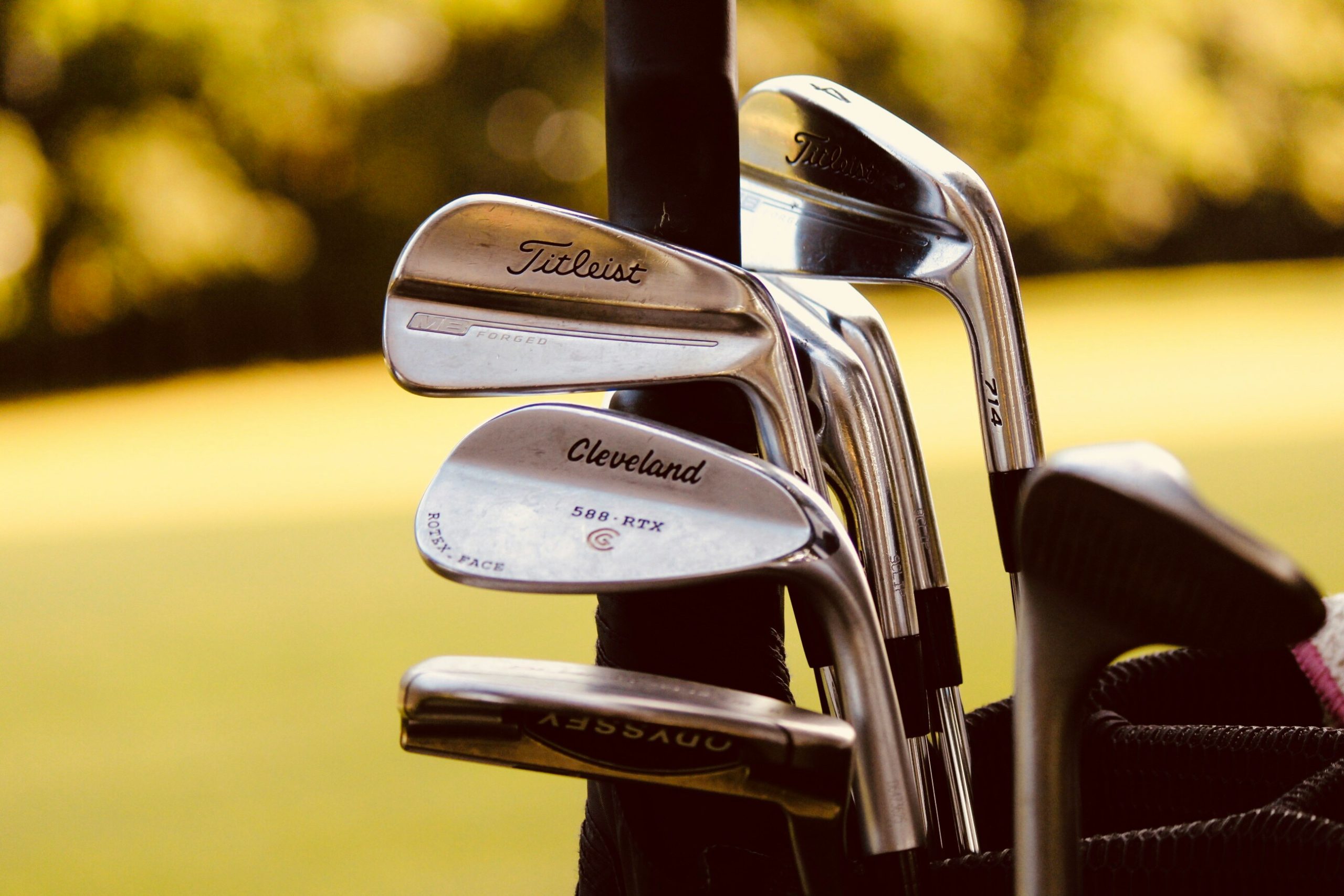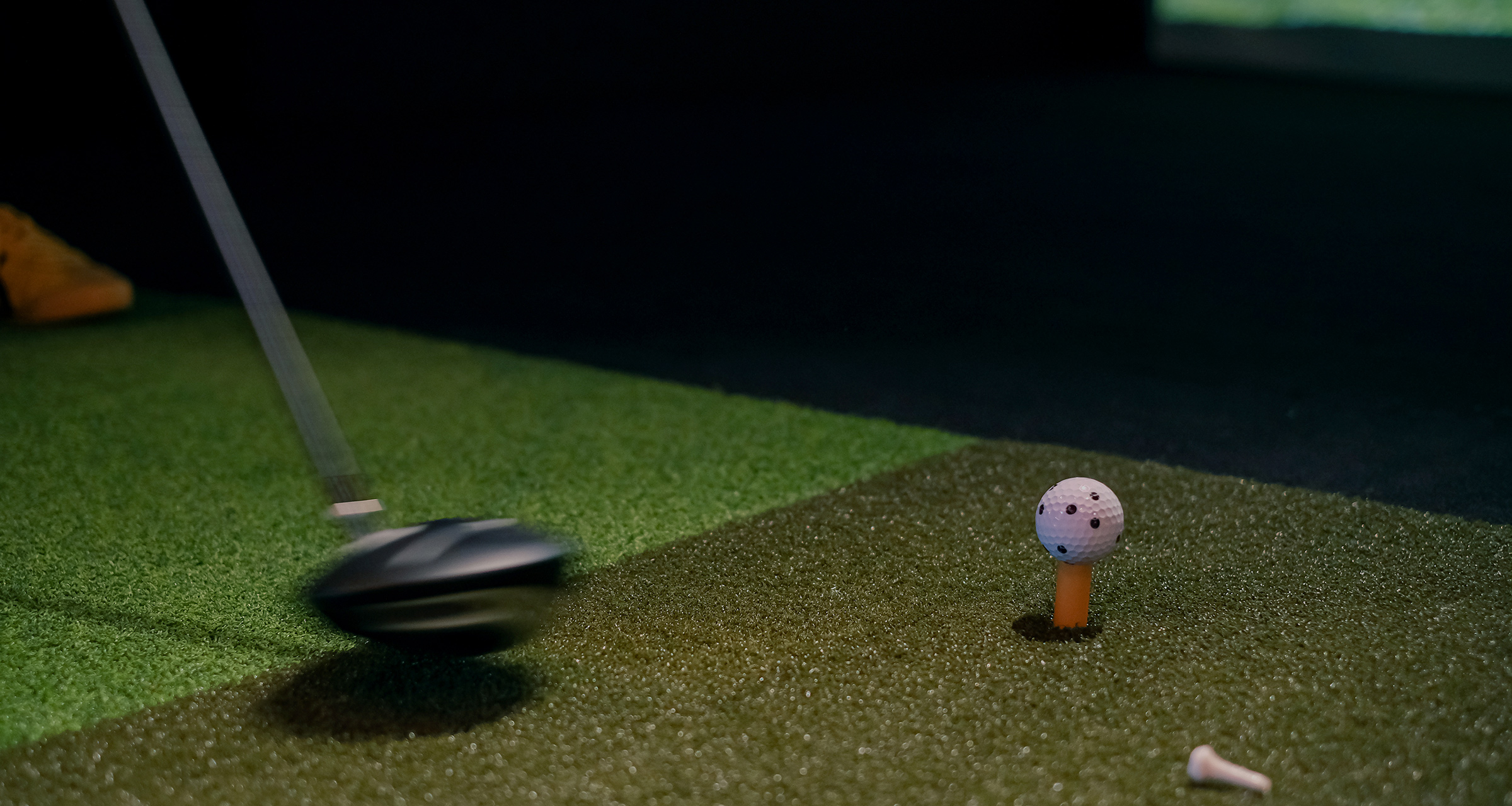Choosing the right shaft for your golf clubs can be one of the most overlooked aspects of club selection, yet it’s critical to your overall performance and enjoyment of the game. Often, golfers focus on selecting the right driver head, putter, or irons but don’t spend enough time on what connects the grip to the clubhead: the shaft. Let’s break down what makes a shaft the “right” one for you, how to recognize signs of a mismatch, and ways to ensure your clubs are helping you perform your best.
Why Shaft Selection Matters
In simple terms, the shaft is the engine of the club. The type, flex, weight, and length of the shaft directly affect how your club moves through your swing. A mismatch between your swing and your shaft can lead to a loss of distance, accuracy issues, and poor control, making even well-designed clubs feel unmanageable. By using the right shaft, you can maximize your potential distance, increase control over ball flight, and improve your feel for the game.
Key Shaft Variables: Flex, Weight, Length, and Material
- Shaft Flex
Flex refers to how much a shaft bends when force is applied during a swing. Shaft flex affects trajectory, accuracy, and distance, so it’s crucial to get it right. Standard flexes range from extra stiff (X) to ladies (L) flex. Here’s a general breakdown of who each flex is designed for:- Extra Stiff (X): High swing speeds (105+ mph), usually advanced golfers.
- Stiff (S): Moderate to high swing speeds (95-105 mph), for low-to-mid handicappers.
- Regular (R): Moderate swing speeds (85-95 mph), typically average male golfers.
- Senior (A): Lower swing speeds (75-85 mph), ideal for many seniors or slower swingers.
- Ladies (L): Generally, swing speeds below 75 mph.
- Shaft Weight
Heavier shafts tend to produce lower ball flights, while lighter shafts can generate higher trajectories. A heavier shaft provides stability for stronger swingers but can feel unmanageable if your swing speed is slower. The right weight allows you to maintain control without sacrificing swing speed. - Shaft Length
Correct shaft length is crucial for both control and comfort. A shaft that’s too long can lead to inconsistency and poor ball striking, while a shaft that’s too short may reduce distance. Standard lengths vary depending on club type, but ultimately, the best length is the one that lets you swing freely while maintaining control. - Shaft Material: Steel vs. Graphite
- Steel Shafts: Known for durability and consistency, often preferred by stronger players or those who prioritize control.
- Graphite Shafts: Lighter and often preferred by players seeking extra distance or with slower swing speeds. Graphite also tends to absorb vibrations, making it more forgiving on mishits.
Signs You May Have the Wrong Shaft
Even if you’ve been using a shaft for a while, there are some telltale signs that it may not be right for you. Here are a few clues that your shaft might be causing problems:
- Inconsistent Ball Flight
If your shots are veering left, right, or have inconsistent height, it could indicate a shaft flex or weight issue. A shaft that’s too stiff can result in low ball flights and pushes, while a shaft that’s too flexible might produce high, hooking shots. - Distance Loss
Noticing a sudden or persistent drop in distance? If your swing speed has changed, your shaft may no longer fit your game. An overly stiff shaft will make it difficult to compress the ball, resulting in less distance. - Poor Control and Feel
If you’re struggling to feel the clubhead during your swing, your shaft weight might be off. A too-heavy shaft can cause fatigue and difficulty keeping up with the club, while a shaft that’s too light can make it challenging to stay in control. - High or Low Ball Spin
Excess spin, whether too much or too little, may signal a shaft mismatch. For example, a shaft that’s too soft can lead to high spin and ballooning shots, while a shaft that’s too stiff might cause the ball to roll out too much.
Getting Fitted for the Right Shaft
The best way to find the ideal shaft is to work with a professional fitter. They’ll assess your swing speed, tempo, and ball flight characteristics to recommend the best options. Club fitting isn’t just for pros; it’s beneficial for golfers of all skill levels. A fitting session can include:
- Swing Speed Analysis: Determines the best shaft flex and weight for you.
- Launch and Spin Rate: Helps you understand your ball flight and what adjustments may improve it.
- Feel and Comfort: You’ll have the opportunity to try different shafts to find the most comfortable and controllable options.
Many golfers find a session with a fitter to be a game-changer, as even small adjustments can have significant impacts on their performance.
Wrapping Up
Choosing the correct shaft isn’t just about numbers; it’s about finding a fit that complements your swing, supports your strengths, and even mitigates weaknesses. So if you’re struggling with distance, control, or feel, take a closer look at your shafts. You might be surprised by how much of a difference the right fit can make.
So next time you’re on the course or practicing your swing, pay attention to what your clubs are telling you—they might just be asking for a new shaft.



